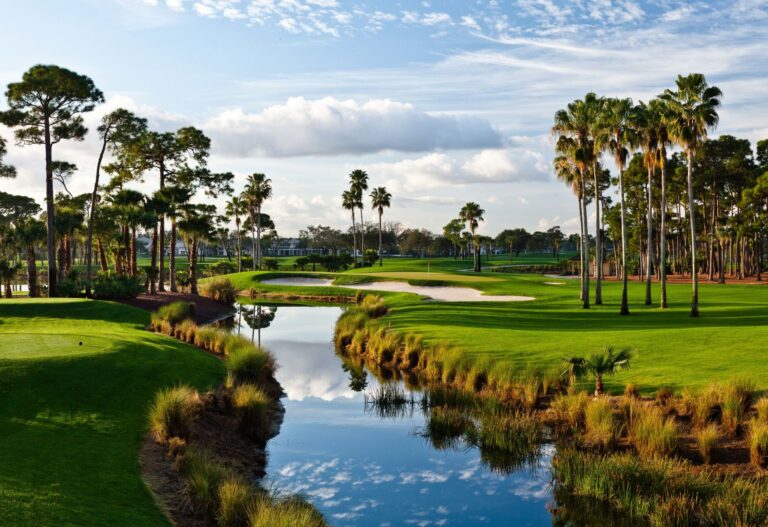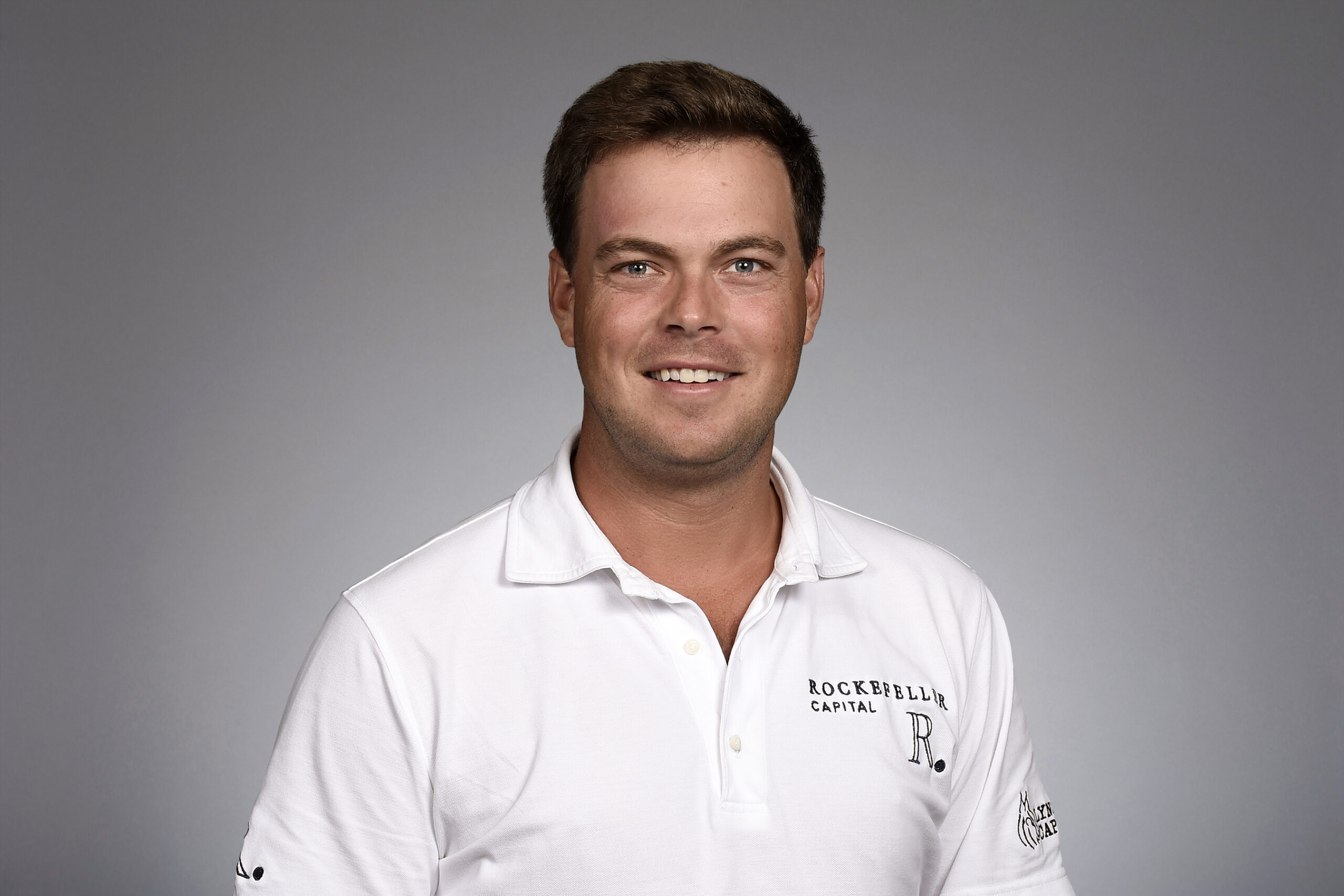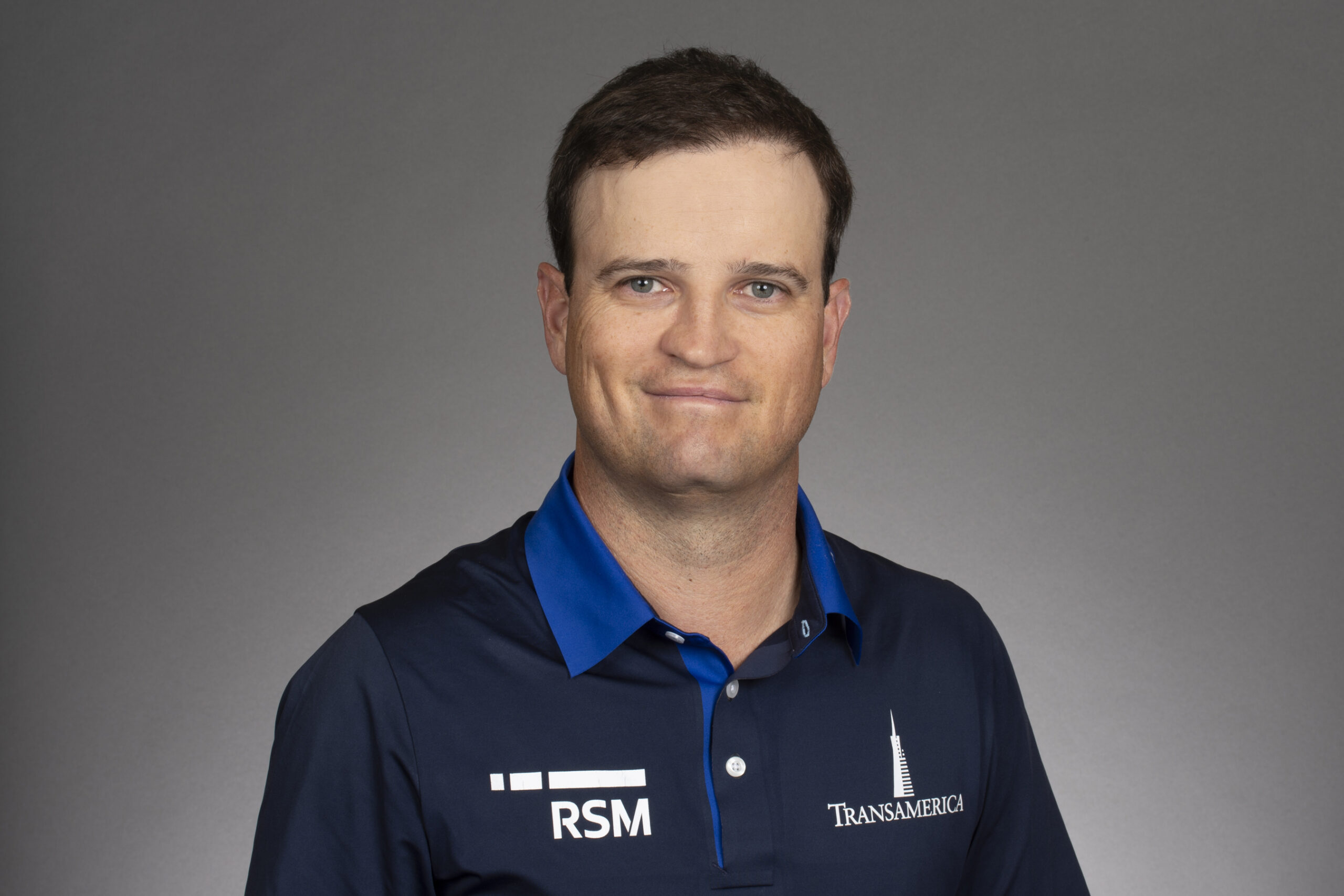The Course Report
PGA National


About PGA National
The west coast trip is over, as the PGA Tour heads to the ever so fun Florida swing. Everything changes in Florida. The weather, the grass, and the fact that these golfers really need to press reset no matter how well they were playing out on the west coast? Is that a tad extreme? Maybe. Yet, this is literally different golf where different skill sets are going to excel more than others.
PGA National is the host course for the Honda classic and is renowned for the infamous Bear Trap. The final three holes hold water, bunkers, bogeys, and heartbreak. Let’s add one more element to the fold as the golfers will be putting on Bermuda grass greens rather than the POA we saw on the West Coast.
Bermuda grass is tricky. The grass is very grainy, and unless you’ve actually played on it, the trick is understanding how the grain of the grass will affect your shot. Players will be faced with grain direction that will force much different putting speed, while having to manage severe undulation as well. Yet, the biggest influence of any grain direction is when the grain is running perpendicular to the hole location. Essentially, these greens never run true as what you would see on Bentgrass. It is a delicate balance of speed and grain reading.
Now while the course is over 7,000 yards in length, we actually see a lot of players clubbing down on several of the par-4’s thanks to the water and hazards that are on nearly every hole. Keep that in mind when building your weighted models.
Sticking with off-the-tee, if you’re missing fairways, you’re in a brutal spot. There is a penalty for missing the short grass as the rough tends to grow a little longer here. But the rough isn’t the issue. The amount of hazards in play can create big numbers. Yet, the main issue is that players just really need to be dialed in with their distances and that is harder to do from the thick stuff. Missing long or short could derail a hole or a round and cause a major setback to any player in the field.
While this little tid-bit won’t be the main rationale for playing or fading a player, I am going to be interested in PGA Tour players that are Florida residents. They play most of their casual golf in these types of playing conditions, and it is only going to lend itself to more consistency on the greens and in the rough.
Take a trip to Datagolf and you’ll see that PGA National does have some relevance regarding course history. Yet, it is not as drastic as we saw last week at the Genesis or what we will utlizie at Augusta National. While the number isn’t as high, many will overweight course history this week and attempt to gain an edge. To get a little different, be a mindful of how others are looking at past performance.
Of course, we couldn’t forget one of the most difficult stretches and badass names of three holes known as “The Bear Trap.” Comprising of holes 15, 16 and 17, this stretch is one of the most difficult on the PGA Tour. In fact, it is ranked as the 4th hardest. Since 2007, 1,604 golf balls have found the water at the Bear Trap, and the stretch plays nearly +.7 above par. That is a daunting number. 15 and 16 are doglegs and require precision and accuracy with every shot that you take. Waiting for you are water hazards and penalizing bunkers. Waiting for the players at the end is a par 3, and probably the most intimidating of the three holes. Players will see a tee shot that overlooks water into a thin green that runs long. Miss right and you’re wet. Miss left and you’re in the bunker looking at bogey or worse. DFS lineups and sportsbook plays are going to be heartbroken here at the 17th.
This course is going to be different. It is just a brutal environment for any player to score due to the fact that you basically need to play mistake free golf and avoid big numbers. Add the fact that there are very few opportunities for birdies and eagles, and you’re just looking for winners that aren’t going to be dominating this course. This course leads the PGA Tour in double bogeys or worse per 72 holes. It is going to be a fun one.
Riviera C.C.
Architect: Tom Fazio (1981) & Jack Nicklaus Renovations (2002,2014,2018)
Greens: Bermuda Grass Greens
Green Size: 7,000 sq. feet – Average Greens
Stimpmeter: 11-11.5 – Average Green Speeds
Length: 7,125 yards- Par 70
Water Hazards: 15 in play
Bunkers: 67 Bunkers

Weather Forecast
Nuggets and Tidbits
- Holes 15-16-17 is tied for the fourth toughest any three-hole stretch on the PGA Tour since 2007 (non-majors)
- The combined score of the Bear Trap since 2007 is +4,136
- Russell Knox leads the field in scoring on The Bear Trap, playing at a combined -6 during his time at the Honda Classic.
- Of the 582 players that have been a part of this tournament since 2007, 511 of them are over par while playing 15,16, and 17.
- Winners have traditionally dominated approach and ball striking.
- Driving accuracy, GIR’s and scrambling percentage are much lower than the Tour average.
- Players must hit the fairway, but that doesn’t mean you must weigh fairway accuracy. Much of that stat derives from the driver, and it is hard to justify utilizing that number when a club is going to be out of play on so many holes.
- I can’t stress how Florida boys have such an advantage here. Wyndham Clark grew up in the area and knows the course well, but his game on paper doesn’t really fit well here. Yet, his past experiences on the grass surface and playing golf in Florida is such an elite edge when preparing for the Honda Classic.
Approach Shot Distribution
Past Winners

Straka, who can get lightening hot at the right time, just simply found the magic at the right tournament.
Straka did enough to outlast Lowry and Kityama in order to grab his first ever PGA touranment championship. So yea…we are going to see him at Augusta this year.

Jones won his second touranment on the PGA Tour by cruising through all 4 rounds of the tournament. The
In fact, Jones was so good he ended up winning by 5 shots, which matched the largest span in touranment history dating back to 1977 and 2010 with Nicklaus and Villegas.

Sungjae’s win was his first on the PGA Tour, and announced to the golf world that the then 21-year-old is destined to be mainstay on Tour.
It was a dogfight until the end as runner-up Mac Hughes just couldn’t keep up with the Sunday scoring that Im was capable of. Of course, noting that Fleetwood finished 3rd.

Mitchell drilled a 15-foot birdie putt on the final hole Sunday to win his first PGA Tour championship.
Mitchell was tied for the lead headed into Sunday, and did just enough to outlast runner-ups Brooks Koepka and Rickie Fowler. As usual, a great putter was key for Mitchell.

Thomas was clutch down the stretch, but nothing was better than his finish on the 18th hole. After nearly sinking a gap wedge into the cup for the win, Thomas sank a birdie to force a playoff with Luke List.
In the playoff, Thomas’ par was enough to give him the tourament championship and add to his resume’.

It took a 3-man playoff, but Johnson beat Louis Ossthuizen and Marc Leishman by shooting a 15, 1 under in a four hole playoff.
Johnson was a surprise win as just the week before his prep came in Illinois at the John Deere Classic. This was Johnson’s second major win, and his first Claret Jug.

Entering with a six-stroke lead over the field, McIIroy went from dominant to just hanging on. Still, no golfer ever got withing two strokes the entire day, and he held his composure despite struggles off the tee and on the greens.
In winning, McIIroy became the seventh wire-to-wire winner in Open Championship history.

After winning the Scottish Open the week prior, Mickelson birdied four of the last six holes and became the Open Champion.
To this point, Phil had come close to winning, but had often doubted his abilites on links style courses.

Els began Sunday 6 shots back, but still clinched the vicotry after Adam Scott imploded.
Els’ 68 was a comeback of epic proportions when you consider the fact that Scott was still winning by 4 strokes on the 15th tee.
